Iran's military and security agencies have been using ambulances as military vehicles to arrest and transport protesters and political rivals to detention centres, and to kidnap opponents, for decades. But only now has it been put under the spotlight.
The country's health ministry has said that protesters have attacked more than 60 ambulances since nationwide protests began following the death in custody of 22-year-old Mahsa Amini. This means Iranian protesters are aware of security forces using ambulances as military vehicles. But is it legal?
As emergency vehicles, ambulances have priority for immediate passage on the streets. In most cities, ambulance drivers are allowed to use special lanes reserved for buses or to use off-street areas to get to a patient, or to take a patient to the hospital.
During anti-government protests, which have increased in recent years, the government has closed some key areas and streets of Iran’s capital Tehran, meaning only buses or rescue vehicles such as ambulances and fire engines were able to travel freely.
IranWire has reported that since the beginning of the protests, officials from Tehran's emergency services met officials from the Sarollah security centre and agreed to cooperate. As a result, ambulance personnel are now greeted with hostility and abuse by the public, instead of gratitude or relief.
Staff working within Tehran’s ambulance service have told IranWire that, in the early days of the protests, senior staff went to Sarollah to discuss working together.
It is a universal principle that one of the main goals of international humanitarian law is to protect civilians and civilian vehicles such as ambulances during conflicts.
According to the first and second Geneva Conventions, an individual becomes a "protected person" as soon as they are injured or fall ill and stop fighting. Ambulances are responsible for providing protection for the injured and unwell, but also for transporting medical and religious personnel, and medical units.
Ambulances will lose this protection the moment the army uses them to harm the enemy.
For example, ambulances are being used to shelter soldiers who are not injured, set up observation posts inside the vehicles, and transport soldiers. But the suppression of Iranian citizens, who are unarmed and nonviolent, and who are demanding the abolition of the compulsory hijab law, is not only not considered an international armed conflict, it is not even an internal armed conflict.
During armed suppression of civilian citizens, the law on the use of ambulances for military purposes does not include the four Geneva Conventions to which the Islamic Republic is committed and the three additional protocols to which the Islamic Republic is not a member. The International Red Cross, which guarantees the implementation of these conventions, cannot hold Iran accountable for its military use of ambulances.
However, there is no doubt that the Geneva Conventions completely reject the military use of medical vehicles and would recognize them as an example of a violation of the law by armed forces. The government has no obligation in their domestic laws and using an ambulance as a military vehicle does not break any international law. But by using this gap in international law, Iran has acted unethically and without humanitarian decency.
visit the accountability section
In this section of Iran Wire, you can contact the officials and launch your campaign for various problems




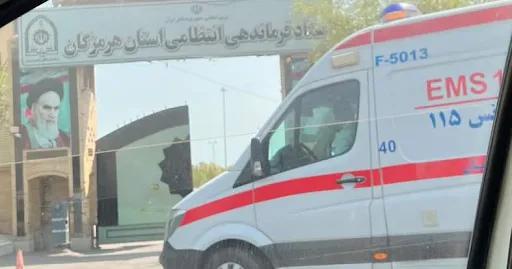





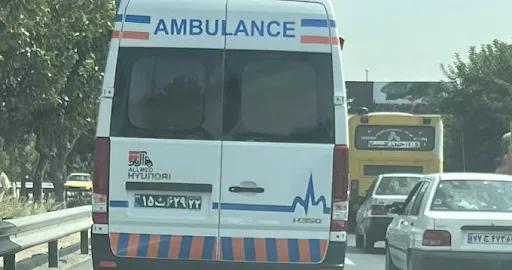
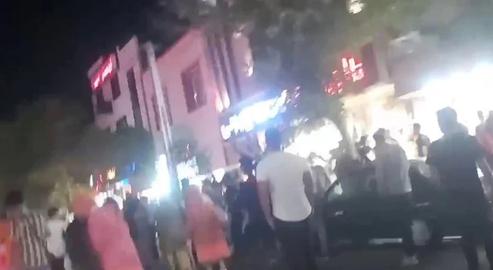





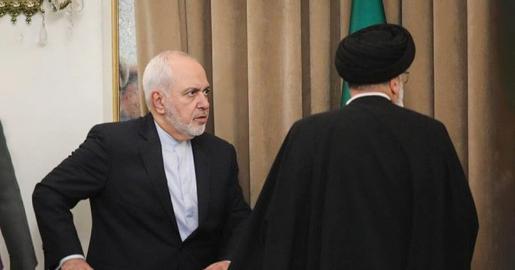
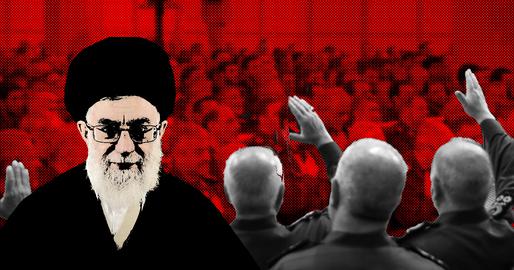





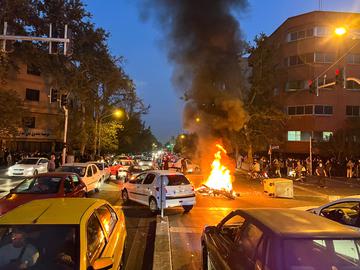
comments